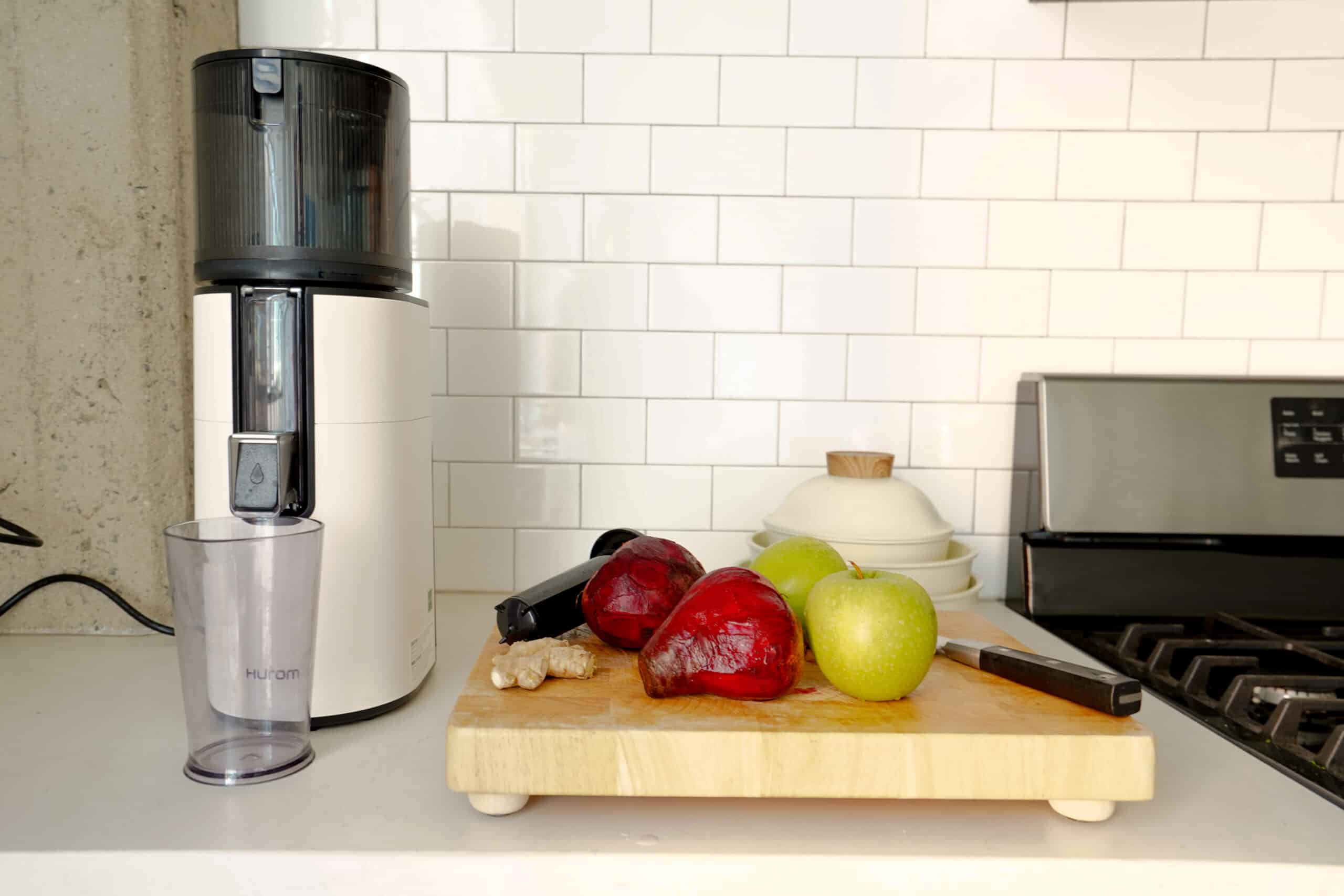Do you have ideas and stories that need to be shared with the world? Do you have a captivating voice that you dream of being heard by others? Sounds like starting a podcast is the right step for you. Whether you’re driven by a passion for a particular subject, a desire to share your expertise, or simply the thrill of engaging with an audience, starting a podcast is an exciting endeavor. However, diving headfirst into the podcasting universe without proper preparation can be overwhelming. This guide will give you the ins and outs of how to start your own podcast successfully.
Be Clear on Your Why
Before you hit the record button, take a moment to reflect on why you want to start a podcast. Understanding your motivations will shape the direction of your content and help you stay focused during the inevitable challenges that come with podcasting.
Are you looking to educate, entertain, inspire, or perhaps a combination of these? Who do you want to support and serve in your content? Defining your purpose will not only keep you motivated but will also resonate with your audience. Your ‘why’ is the foundation of your podcast, so make sure it’s strong and clear. It will only make your podcast stronger by taking a moment to reflect on this.
Choose Recording Platforms
The first tip for how to start your own podcast is selecting the right recording platforms. Your choices here can significantly impact the quality and ease of your podcasting journey.
Video Recording
- Riverside.fm: Riverside.fm is a game-changer for remote video recording. It stores video files on local computers, ensuring you never lose your precious recordings. The platform provides high-quality video and audio, making it an excellent choice for interviews and collaborative episodes.
- Squadcast: If you prefer an alternative to Riverside.fm for video recording, Squadcast is another fantastic option. It offers a user-friendly interface and reliable recording quality, making it an ideal choice for capturing both audio and video content.
Audio Recording
- Descript: Descript is a powerful tool for audio recording that goes beyond the basics. One standout feature is its ability to remove ‘um’s and filler words seamlessly. This not only saves you editing time but also enhances the overall professionalism of your podcast.
Prioritize Your Sound Quality
Your podcast’s audio quality is non-negotiable. While podcasts are increasingly becoming a mixture of audio and video content, the sound quality is at the core. Invest in a decent microphone to ensure clear and crisp sound. The Blue Yeti microphone is a popular choice among podcasters for its affordability and reliability. Follow these other best practices to enhance your sound quality:
Use a Pop Filter
A pop filter reduces plosive sounds (like ‘p’ and ‘b’ sounds), ensuring a smoother listening experience.
Optimize Your Recording Space
Choose a quiet location with minimal background noise. While tools like Descript can help create a studio effect, you can also consider using blankets or pillows to dampen echoes and unnecessary background noise. Consider investing in quality tech tools that will make your recording experience more seamless and professional.
Maintain Consistent Mic Technique
Stay consistent with your microphone technique to avoid variations in volume and clarity.
Test and Adjust
Before each recording, conduct a quick soundcheck to identify and eliminate any potential issues.
Decide on Your Podcast Format
Now that your tech setup is in place, it’s time to decide on the format of your podcast. Consider the following options:
Solo Episodes
Share your thoughts, experiences, and expertise with your audience. Solo episodes allow you to establish a personal connection with your listeners.
Interviews with Guests
Bring in experts, influencers, or individuals with compelling stories to share – and that align with your why. Guest interviews add diversity to your content and also attract a broader audience.
Q&A Community Sessions
Engage with your audience by answering their questions or addressing specific topics they’re interested in. This format fosters a sense of community and can create deeper connections with your listeners.
Panel Discussions
Collaborate with multiple hosts or guests for a dynamic and lively conversation. Panel discussions offer different perspectives on a given topic.
Create a System and Schedule
Consistency is key in the podcasting world. Establish a system and schedule to keep yourself organized and ensure a steady flow of content.
Content Planning
Outline your podcast episodes in advance. This doesn’t mean scripting every word but having a general structure and key points can keep you on track.
Episode Release Schedule
Decide on a release schedule that suits your availability and aligns with your audience’s preferences. Whether it’s weekly, bi-weekly, or monthly, be consistent.
Identify whether your podcast will be seasonal or year-round. Some podcasts go through seasons releasing a set number of episodes each season while other podcasts publish new content year-round. Find a cadence that works for you and your community.
Promotion Strategy
Develop a plan for promoting your podcast episodes. Utilize social media, create teaser clips, and engage with your audience to build anticipation.
Guest Management
If your podcast involves guest interviews, establish a system for guest outreach, scheduling, and preparation. Ensure that both you and your guests are on the same page regarding the episode’s focus and format.
Launching a podcast requires thoughtful planning and a commitment to continuous improvement. By being clear on your ‘why,’ investing in the right tech setup, deciding on your podcast format, and creating a system and schedule are key tips to learning how to start your own podcast. Embrace the learning curve, stay authentic, and most importantly, have fun sharing your passion with the world!


























show comments